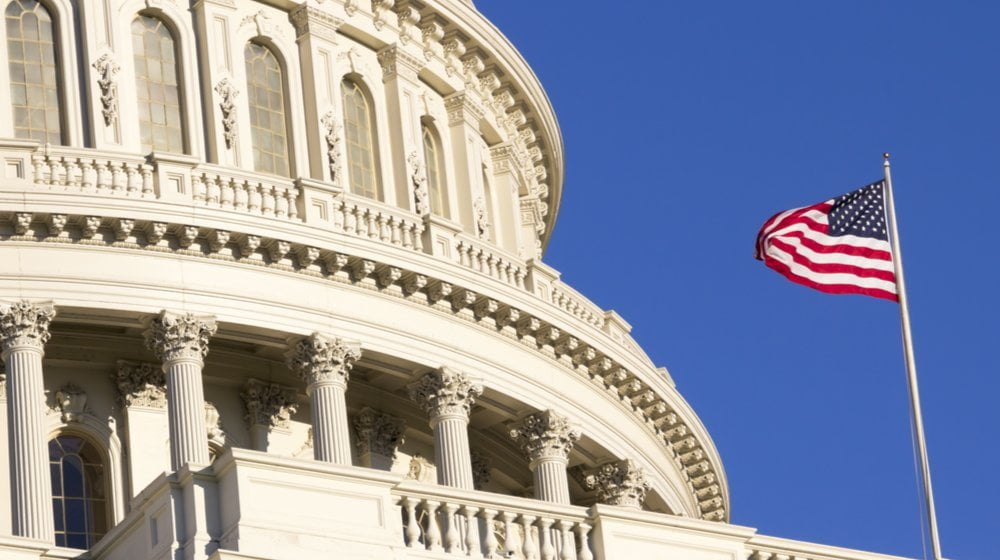The Small Business 7(a) Lending Oversight and Reform Act of 2018 was just introduced with a bipartisan bill to strengthen small business lending. Members of the House and Senate came together to ensure the 7(a) Loan Program will continue far into the future with strong provisions.
7(a) Lending Oversight and Reform Act of 2018
The bill will increase the Small Business Administration’s oversight authority over the 7(a) Loan Program. This includes provisions to increase the lending cap, so the flow of loans to small firms is not interrupted.
For small businesses that have relied on this program and future entrepreneurs that will rely on it, the bill is welcomed news. Getting a loan is an exhausting process made even more difficult for first-time small business owners. The SBA’s 7(a) Loan Program helps small business who are creditworthy get financing when they are not able to do so with terms that are reasonable.
House Committee on Small Business Ranking Member Nydia Velázquez (D-NY) and Chairman Steve Chabot (R-OH), Senate Small Business and Entrepreneurship Committee Chairman Jim Risch (R-ID) and Ranking Member Jeanne Shaheen (D-NH) came together with a bipartisan, bicameral piece of legislation to make this possible.
In a press release, Velazquez said the goal of the bill ensures entrepreneurs will be able to access the capital they need to grow their operations. He added, “Under this legislation, SBA will have more tools to meet small businesses’ needs.”
The SBA 7(a) Loan Program and the New Improvements
Considered the flagship loan program of the SBA, the 7(a) Loan Program was created from Section 7(a) of the Small Business Act of 1953. The loans given to businesses are flexible and can be used for a variety of purposes. A business can use it to purchase tools and supplies, make improvements, finance receivables, increase working capital and start businesses. And under certain conditions, existing debt can be refinanced. In 2015 alone, 63,461 loans were approved by the SBA totaling close to $23.6 billion with an average loan amount of $371,628.
The new legislation gives the SBA more authority to improve the program with monitoring capabilities to ensure it is being run efficiently. This includes the ability to increase the program’s maximum lending authority to guarantee entrepreneurs will have the capital they need.
According to the release, The Lending Oversight and Reform Act of 2018 will ensure the longevity of the SBA 7(a) Loan Program by:
- Strengthening SBA’s Office of Credit Risk Management by outlining in statute the responsibilities of the office and the requirements of its director;
- Enhancing SBA’s lender oversight review process, including increasing the office’s enforcement options;
- Requiring SBA to detail its oversight budget and perform a full risk analysis of the program on an annual basis; and
- Strengthening SBA’s Credit Elsewhere Test by clarifying the factors that must be considered.
Getting a Loan From the SBA 7(a) Loan Program
The SBA 7(a) Loan Program provides a maximum amount of $5 million, with no minimum. It is important to note the SBA does not provide the funds to the borrower. What it does is guarantee a portion of the loan. This ensures lenders are more likely to give small businesses access to the capital they need.
The program gives lenders an 85 percent guaranty for loans of $150,000 or less and a 75 percent guarantee for loans larger than $150,000. The benefit to lenders is they can reach more customers, including borrowers which may not meet conventional underwriting criteria. For borrowers, the criteria are still pretty high but the chances are better than getting a loan from a lender not using the program.
Photo via Shutterstock
